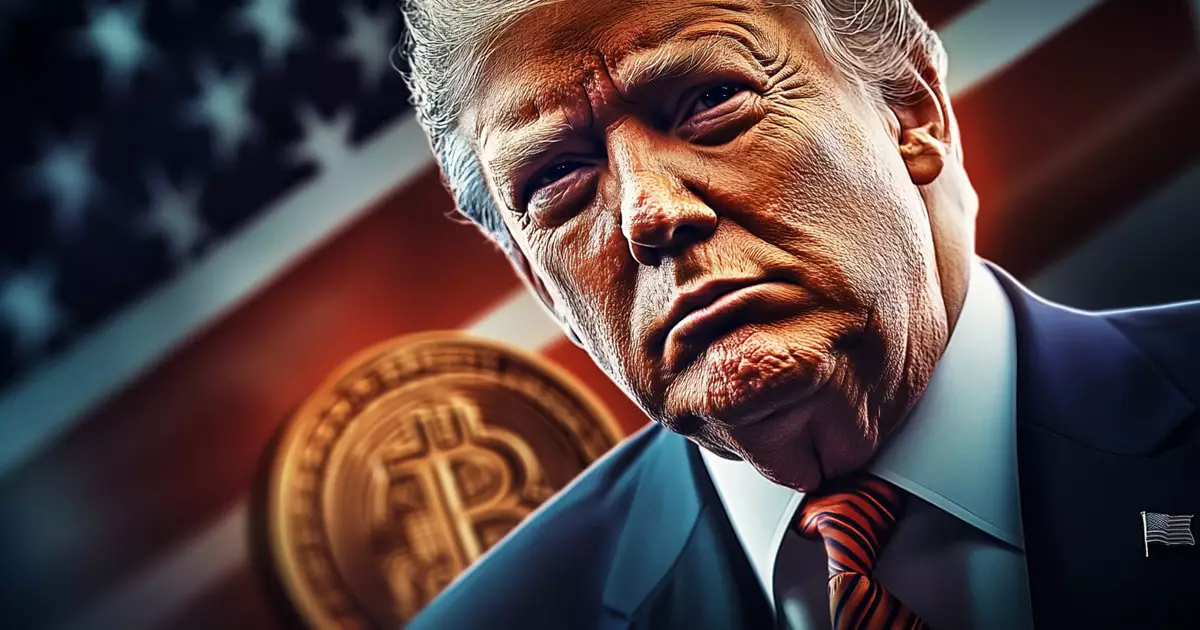The landscape of cryptocurrency policy within the Trump administration appears to be evolving, with a shift away from the establishment of a formal crypto council towards a more dynamic approach featuring informal summits. This development suggests a nuanced understanding of the complexities and factions that exist within the cryptocurrency sector. A closer examination reveals both the motivations behind this pivot and its potential implications for the industry and regulatory frameworks.
Reports indicate that the administration is contemplating a series of informal gatherings involving industry influencers rather than a structured council. This change is significant in light of the perceived internal divisions within the cryptocurrency realm, where conflicts often arise among various stakeholders, including centralized versus decentralized endeavors and the differing priorities of Bitcoin evangelists versus altcoin advocates.
The informal summits are expected to address specific topics such as banking regulations, payment structures, mining operations, and the broader implications of Bitcoin. However, the lack of clarity regarding the frequency and structure of these gatherings raises questions about their efficacy. Some insiders believe that these summits may provide a pragmatic solution to effectively engage with diverse voices in the industry without the baggage that often accompanies formal councils. This could, in theory, promote a more constructive dialogue around pressing policy challenges.
The fragmentation within the cryptocurrency ecosystem poses a challenge for unified policy strategy. Centralized firms often clash with decentralized advocates over fundamental principles, complicating any efforts to forge consensus. The proposed summits may inadvertently perpetuate these divisions by creating an environment where stakeholders can selectively voice concerns that align with their interests rather than collaborating towards comprehensive solutions.
Moreover, the involvement of trade associations in shaping the agenda for these discussions highlights another layer of complexity: the lobbyist influence within policy-making. While the summits could invite expert opinions on key topics, there is a risk of them devolving into platforms for lobbying rather than genuine policy dialogue. This skepticism is exacerbated by claims from some industry figures suggesting that these gatherings may serve more as a means for the administration to gather intel on the crypto market for personal enrichment than as a heartfelt attempt to navigate regulation.
The motivations behind President Trump’s interactions with the cryptocurrency space warrant closer scrutiny. His recent engagement in creating a memecoin, alongside his family’s activities in decentralized finance, raises eyebrows regarding whether these initiatives stem from a genuine interest in cryptocurrency or if they are merely opportunistic maneuvers aimed at individual financial gains. Such perceptions can significantly influence the trust industry leaders place in the administration’s efforts.
Trump’s initial campaign promises included establishing a regulatory body that would foster the cryptocurrency environment, but increasing transparency on the administration’s real ambitions would be crucial for industry collaboration. Given that the crypto realm is intrinsically tied to notions of trust and decentralization, any indication that these informal talks are merely a facade could lead to further disenchantment among advocates and stakeholders.
As the Ripple effects of these discussions continue to unfold, the trajectory of cryptocurrency regulation under the Trump administration remains uncertain. Stakeholders have expressed hope that informal summits may yield beneficial insights and lead to more robust regulatory frameworks that consider the unique characteristics of digital assets.
However, the ultimate success of this approach will depend on the sincerity of the administration’s appetite for integrating industry feedback into policy. Ensuring that all voices are represented, especially those from less powerful factions within the crypto community, will be vital for fostering a balanced regulatory environment. The administration’s ability to bridge ideological divides and advocate for all participants in the crypto ecosystem will determine whether these summits can genuinely advance policy development or whether they will serve as a mere placeholder amid the complexities of modern finance.
The Trump administration’s pivot is emblematic of the broader challenges facing cryptocurrency policy-making. Balancing differing interests, maintaining internal cohesion, and establishing transparent motivations will be crucial as the industry navigates an increasingly complex regulatory landscape.

